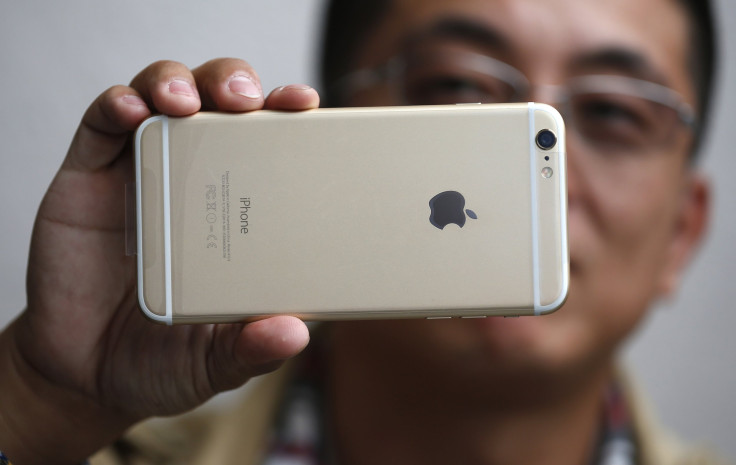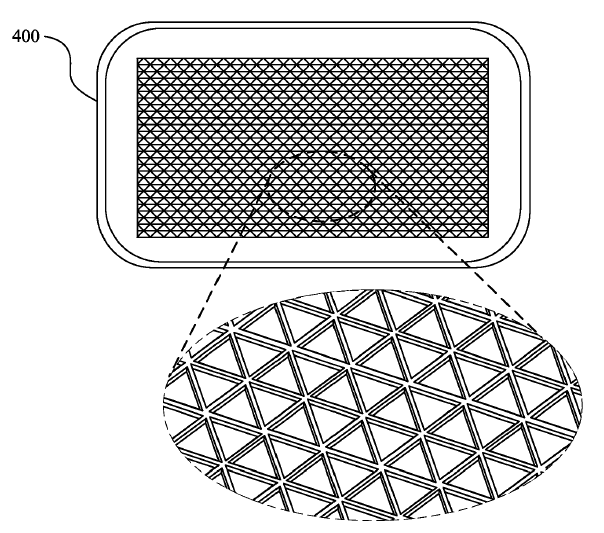Here's How Apple Inc. Plans To Keep Future iPhones From Bending

Apple Inc.’s iPhones have consistently gotten lighter and thinner over the years, but also more fragile: Recall the near-debacle known as Bendgate last year, when the big, thin iPhone 6 Plus showed its incompatibility with back pockets. However, a new invention by the company may prevent too much flexing by its handsets, even as the smartphones get thinner.
Titled “Encapsulation of a Stiffener Layer in Aluminum,” a patent application filed by Apple and published by the U.S. Patent and Trademark Office Thursday describes how the company will reinforce its future iPhones while making the thickness of their housing ever so thinner. To accomplish this, the firm proposes first embedding a stiff material -- such as a carbon-fiber sheet -- on the inside of a device housing and then depositing another layer of aluminum over the sheet.

Apple also proposes cutting the weight of an iPhone or other iOS device by etching a pattern of triangular or circular pockets into the aluminum. Combining this innovation with a stiffening layer such as carbon fiber, the company could make the device much lighter while keeping the housing strong enough to prevent bending. While this invention may make its way into the firm’s future iPhones, it also might be used in its Macs, iPads and iPods.

At the other end of the flexibility spectrum, Apple is experimenting with ways to develop a smartphone that will bend on purpose, as seen in a patent published in April. As with most patent applications by the company, however, it’s unknown if or when it plans to use such features in its devices.
Apple filed the newly published patent application May 16, 2014, when it credited Collin D. Chan, Matthew W. Crowley and Jude Mary Runge for the invention.
© Copyright IBTimes 2024. All rights reserved.






















